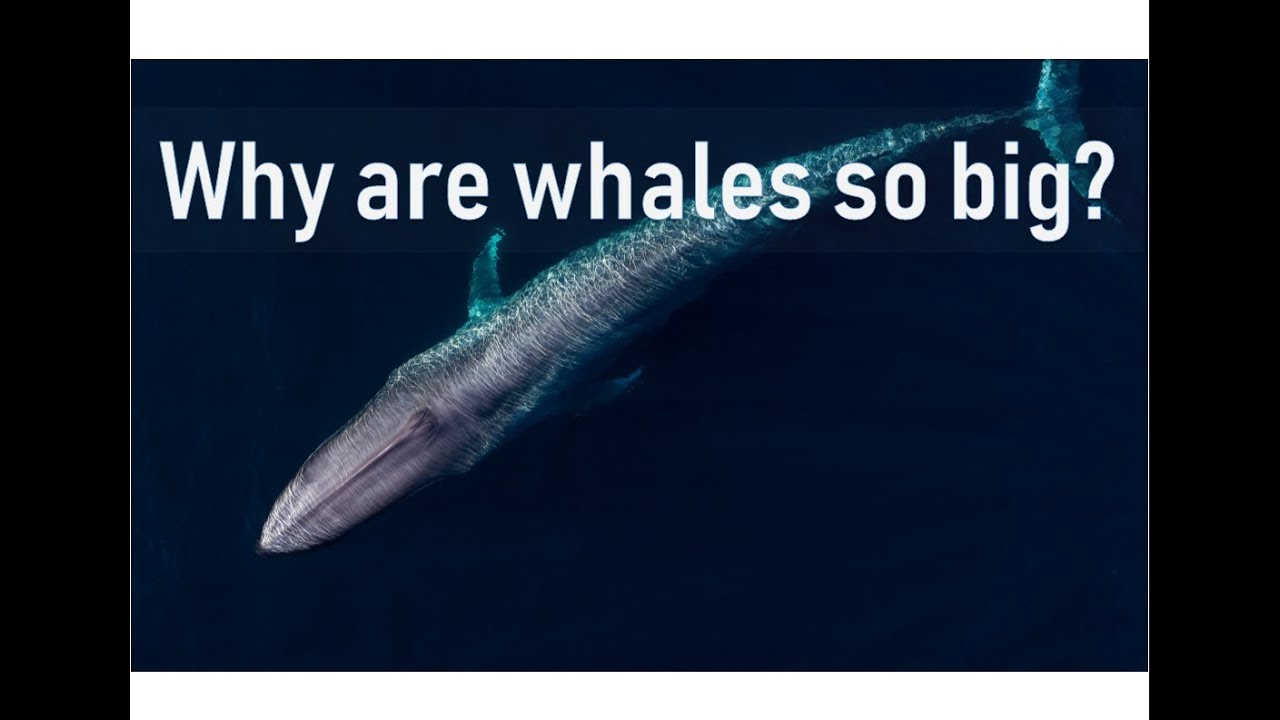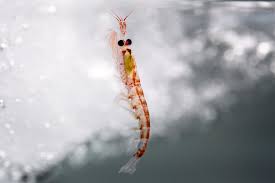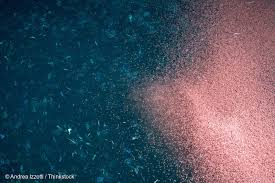Why Are Whales So Big?
Whales are big, really, really big. As big as bus, but underwater.
Just in case you didn’t get it the first time, the blue whale’s heart is as big as a golf cart, they can grow up to 30 metres long and you could fit your head into their arteries. Professor Tracey Rogers of UNSW is not joking when she describes them as the biggest creatures on Earth, ever.
Their size is just right to keep them warm in the arctic oceans – as long as they can find four tons of food to feed on every day.
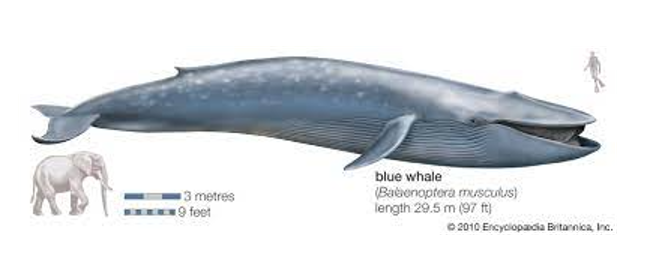
A bigger body generates greater heat, but loses less through surface area because their mass is greater than their surface area. It’s a simple ratio. So to regulate their temperatures in the freezing waters of the Antarctic the blue whale, as the largest of these marine mammals, has evolved to be big.
The Goldilocks Diet
A body that big needs a lot of food to keep it going. Blue whales can grow to be 30m long, but any bigger requires too many calories to sustain growth. So like Goldilocks, the whale stops at not too big, not too small – just right.
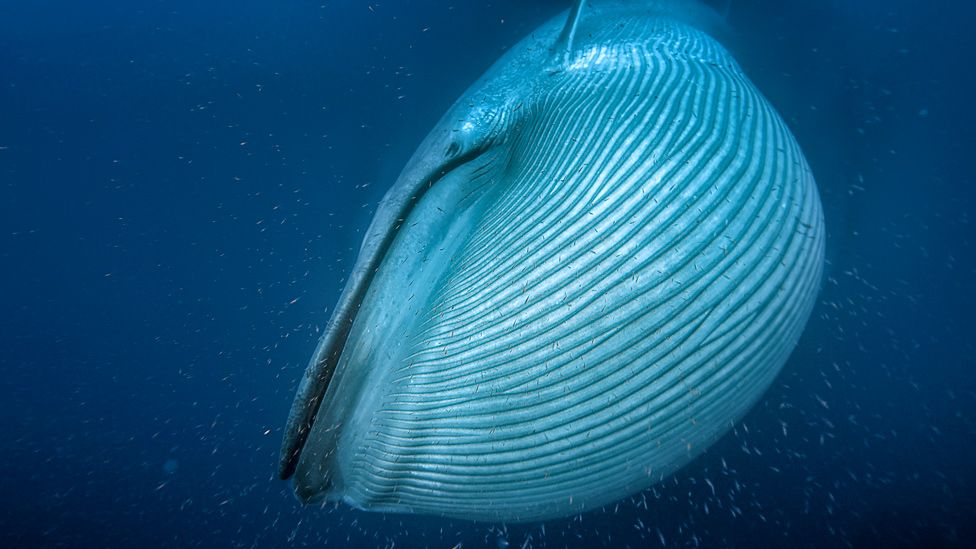
To maintain this size the blue whale needs to consume 500,000 calories a day. That’s like eating about 6000 chocolate Lindt balls. This calorific requirement is another reason why whales cannot grow any bigger.
What, the whales’ chocolate Lindt ball supply threatened, you ask? It’s an outrage! Almost funny. What is not funny is that the whales actual diet of Antarctic krill is declining in numbers due to environmental degradation and over-fishing.
Blue whales, like our own beautiful Australian humpback whales, are baleen whales – filter feeders. Check out our article on the humpback whale diet and the months of fasting they endure while heading north to breed.
Support Sea Shepherd in protecting whales against Japanese whaling and the Gowings Whale Trust, who partner with organisations to clean up our whales’ environment.


